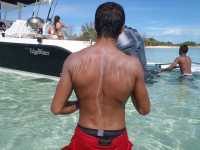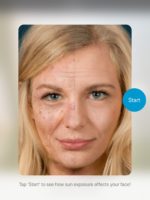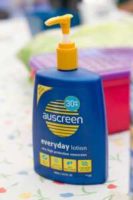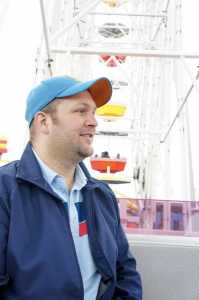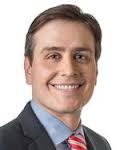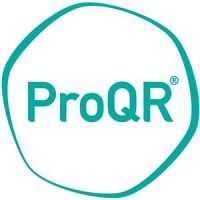Author Interviews, Cancer Research, Dermatology, Heart Disease, JAMA, Vaccine Studies / 10.09.2018
Can the HPV Vaccine Be Used To Treat Some Skin Cancers?
MedicalResearch.com Interview with:
Dr. Jeffrey Rapaport MD, PA
Emeritus head of Dermatology
Teaneck's Holy Name Hospital.
Dr. Rapaport discusess a case recently reported in JAMA: In 2016:
A 97-year-old female patient was suffering from multiple squamous cell carcinomas varying from small to incredibly large in size on both of her legs. She was injected with the HPV vaccine commonly known as Gardasil, which is also used to treat warts and oral papilloma. She was first injected in her arm, and then after a period of six weeks, the vaccine was directly injected into her tumors. It was observed that this treatment eventually killed off almost all the tumors on her legs. According to recent press coverage, she is now looking forward to celebrating her 100th birthday in fall 2018.
MedicalResearch.com: What is the background for this study?Is HPV thought be a trigger for some cutaneous squamous cell carcinomas?
Response: The link between skin cancers and HPV vaccinations has normally been investigated in patients who have received organ transplants. Due to the immune-suppressant drugs these patients must take, it is incredibly common to find cases of skin cancer in patients who have undergone transplants. The relaxed immune system, which would normally eliminate cancers caused by the HPV virus, would open the floodgates for multiple skin tumors to emerge. In this case of the 97 year old, I would assume her immune system was healthy. There is, however, growing evidence that receiving multiple vaccines for the HPV virus is necessary even in patients with healthy immune systems. So, regardless of immune health, I believe we need to expand the frequency of the HPV vaccine, even beyond the current three-tiered system for women below 26 and men below 21.
(more…)







